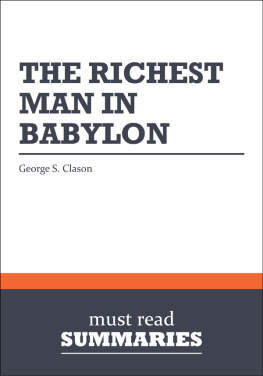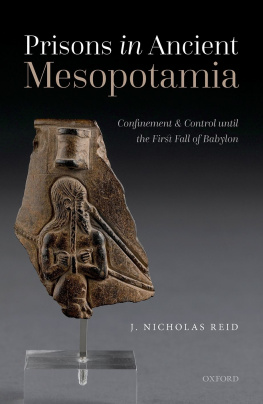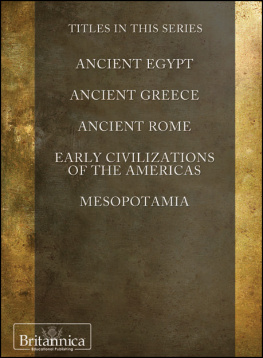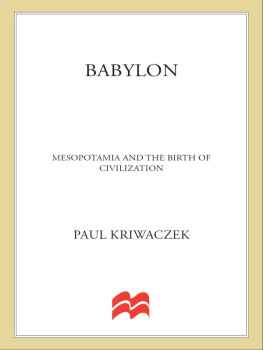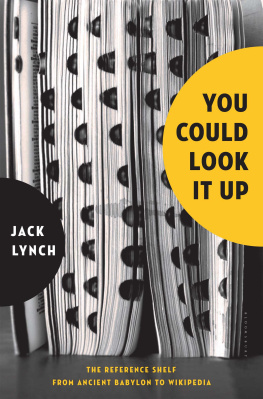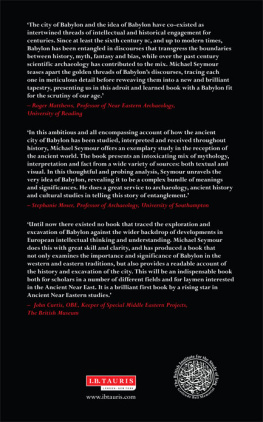History which does not inform present-day concerns amounts to little more than self-indulgent antiquarianism
Lessons from the Past: An Introduction
They hanged Saddam Hussein on the first day of the Feast of the Sacrifice, Eid ul-Adha, 30 December 2006. It was not a dignified execution. Reading the newspaper reports of that grisly and botched act of barbarism, more revenge than justice, and seeing the mobile-phone video images distributed immediately afterwards, I cannot have been the only one to feel that the language of daily journalism was inadequate to encompass such extravagant, larger-than-life events.
The cruel tyrants army crumbles away. He himself escapes, disappears from sight for a time, but is eventually discovered, filthy and heavily bearded, cowering like an animal in a hole in the ground. He is taken captive, publicly humiliated, held in solitary confinement for a thousand days and put on trial before a tribunal whose verdict is a foregone conclusion. Hanging him, his exultant executioners almost tear off his head.
As in biblical times, God took to speaking to men again, instructing the makers of history. At a secret meeting between senior army officers in Kuwait during the run-up to the First Gulf War, Saddam had explained that he had invaded Kuwait on heavens express instructions: May God be my witness, that it is the Lord who wanted what happened to happen. This decision we received almost ready-made from GodOur role in the decision was almost zero.
In a BBC documentary, broadcast in October 2005, Nabil Shaath, Foreign Minister of the Palestinian authority recalled that President Bush said to all of us: Im driven with a mission from God. God would tell me, George, go and fight those terrorists in Afghanistan. And I did; and then God would tell me George, go and end the tyranny in Iraq And I did. And now, again, I feel Gods words coming to me.
It would have come as no real surprise had the conflict begun with a voice booming out from heaven, crying O President Saddam, and continuing, as in the Book of Daniel, 4:31: to thee it is spoken; The kingdom is departed from thee. And they shall drive thee from men, and thy dwelling shall be with the beasts of the field. It takes the language of the Old Testament, the Book of Kings perhaps, to depict the details of Saddam Husseins end in their full, almost mythic, dimensions. Thus:
It was the morning of the Sabbath, before the sun rose. And they brought him into the city, even unto the place of execution.
And they bound his hands and his feet as was the custom among them in the way of execution. And they reviled him saying, how are the mighty fallen, and may you be cursed by the Lord.
And they placed the rope about his neck and they reviled him again, praising the names and titles of his enemies, and saying, may God curse you, may you go down to hell.
And he replied, saying, Is this your manhood? This is a gallows of shame.
And again they spoke unto him, saying, prepare to meet God. And he prayed to God, saying, there is no God but the Lord.
And so they hanged him. And a great shout went up in the place of execution and in the streets and in the markets. It was the morning of the Sabbath, as the sun rose over the walls of Babylon.
Seeing George W. Bushs Iraq War through biblical eyes is not just a writers conceit, the reaction of someone like me, introduced as a child to Middle-Eastern history by the Bible. Saddam too saw himself as a successor to the rulers of antiquity. He particularly modelled himself on Nebuchadnezzar II (605562 BCE ), conqueror and destroyer of Jerusalem and its temple, describing him, in a multiple anachronism, as an Arab from Iraq, who fought, like Saddam himself, against Persians and Jews. (Nebuchadnezzar was not an Arab but a Chaldean, there would be no Iraq for another two and a half millennia, and Judaism as we know it did not yet exist.) The emblem of the 1988 Babylon International Festival showed Saddams profile superimposed on Nebuchadnezzars; according to a New York Times journalist, the outline of his nose was lengthened to make him resemble the Mesopotamian king more closely. Saddam also honoured Hammurabi ( c. 17951750 BCE ), the ruler of the Old Babylonian Empire renowned for his eye-for-an-eye legal code, and named the most powerful strike-force in the Iraqi army the Hammurabi Republican Guard Armoured Division; another unit was the Nebuchadnezzar Infantry Division.
The Iraqi leader was, said the BBCs John Simpson, an inveterate builder of monuments to himself, undertaking great construction projects in conscious emulation of his illustrious predecessors. Giant images of the Iraqi leader showed him, like an ancient Sumerian monarch, carrying a building-workers basket on his shoulder, although the ancients would have been pictured bearing the first load of clay for brickmaking, while Saddam was represented bearing a bowl of cement. He began a massive reconstruction of the site of ancient Babylon, although his rebuilding, said one architectural historian, was poor quality pastiche and frequently wrong in scale and detail Like the monarchs of antiquity, Saddam had the bricks inscribed with his name; thousands bore the rubric: The Babylon of Nebuchadnezzar was rebuilt in the era of the leader President Saddam Hussein. Never one to display unnecessary good taste, he had the text written in modern Arabic rather than Babylonian cuneiform.



